Ilya Houben is a Dutch guy who’s crazy about Malaysia. He loves Malaysia so much that he’s created 2 websites devoted entirely to the country. Wonderful Malaysia is the English version and Veelzijdig Maleisie is the Dutch version. The Dutch one is his first website, which quickly became Holland’s most popular website on Malaysia. But wait, there’s more: Ilya loves Malaysia so much that he and his wife left Holland and moved to Kuala Lumpur in 2009. Surprisingly, this long-term ‘love affair’ all started more or less by accident. In this travel interview, we find out how it happened plus tips and recommendations for visiting Malaysia.
Q1. You started visiting Malaysia several years ago on short vacations from Holland. Of all the countries in the world, or even in Asia, how/why did you decide to visit Malaysia?
Though it’s probably not the answer you were looking for, we picked the destination from a newspaper advertisement. It was simply the cheapest holiday outside Europe that we could find at the time. We were in our early twenties, both students, so at that time we were really glad we were able to see our first exotic and first Asian destination ever.
Q2. You mentioned that you quickly fell in love with the country and started visiting yearly. Why did you become so crazy about Malaysia?
Our first trip I mentioned above was actually almost a horror-holiday to us. We were inexperienced travelers. We chose the cheapest dea,l which usually means you sacrifice on things like quality. We ended up at Penang Island and stayed there for two weeks. Though the island was fun, our hotel was located at Tanjung Bungah, which was a bit of a ghost town at the time. You would wonder how we still managed to fall in love with Malaysia, but that is actually easy to explain. Our first trip was pretty much a disappointment, so when we were on the plane back home we already decided on going back there to do a proper Malaysia holiday.
Our second time in Malaysia was absolutely stunning and almost magical (while still only visiting Penang and Langkawi ). We had such a great time, that we couldn’t stop talking about it once we got back home again. This actually made me decide to build a website about Malaysia, which is now the biggest and most popular Dutch travel website about the country.
Q3. I’m guessing that by now you’ve also traveled through several other SE Asian countries near Malaysia. Have any of them caught your interest and attention as much as Malaysia? Why or why not?
Before we moved to Malaysia, I had already visited a few Southeast Asian destinations. Though I liked every trip, we always went back to Malaysia and explored more areas of the country (this way I was also able to keep writing new content for the Dutch travel website).
Things changed after we moved to Malaysia. The first year we were here as tourists, with the obligation of leaving the country every 90 days. This meant we could explore neighboring countries, and we started to really like all these other Asian destinations. I wouldn’t go as far as to say that Malaysia or those neighboring countries are better: they all are equally amazing. I especially grew fond of Indonesia, mainly with all the less-traveled areas.
This year we are looking into visiting Sulawesi, Burma and China, and obviously we are really looking forward to it. If I have enough spare time I might also travel a bit within Malaysia, but I see that as part holiday, part work-related travels. So far in 2012, we’ve visited Pangkor, Cameron Highlands, Kuching, Penang and Malacca.
Q4. In general, the Dutch seem to love traveling. In Asia, you can meet Dutch travelers everywhere.
What are the most popular regions of the world for Dutch to travel to and why those areas?
It’s true that a huge amount of Dutch people travel throughout the world, but even more just stay within Europe and visit nearby countries (sometimes even years in a row). I wouldn’t know what the most popular foreign destinations the Dutch prefer are. You said it yourself, you meet them everywhere, and that goes for all destinations throughout the world.
They do say that Dutch have traveling in their veins. It’s a small country, with not that many highlights (according to us Dutchies. Foreign travelers might disagree). Perhaps that explains the urge to travel abroad a lot? I guess Southeast Asia would probably rank highest with backpacking Dutchies, followed by Australia and New-Zealand.
Q5. For traveling, do Dutch overall tend to like particular types of vacations, places, activities, and hotels? Or does it vary a lot from person to person?
Dutch travelers that venture out into the world can be divided into multiple groups. There are the low budget backpacking kind, usually traveling as cheaply as possible, but still able to spend hundreds of euros on booze, food and fancy equipment during their travels. Then you have all these double income couples that just want a great experience and do not really mind the costs. Many of them like to be in control, which means that they will not have everything arranged by travel agencies, but instead just do some research and book everything themselves (flight tickets, hotel stays and even short tours). There are also people that book a fully arranged tour. Usually those are the older Dutch travelers or families with children. They trust the travel agencies to come up with the best tour, with the best price.
When looking at travels to Malaysia, the Dutch are very eco-oriented, just like most European travelers. They don’t mind getting their hands dirty, love adventure and more importantly, unique places and perspectives. Many avoid typical popular tourist attractions, and prefer to go for the less traveled routes. Even the organized tours are based on that. In many cases, it is all about quality. They want good hotels (which doesn’t necessarily mean big chains), unique tours, and safe forms of transport. Dutch can be quite adventurous. Many of my Dutch website visitors just rent a car and explore the peninsula by themselves without that much planning in advance.
Q6. In 2009, you and your wife moved to Malaysia to live in KL. How would you compare daily life in Malaysia vs Holland? What things are easier, more fun, more difficult, different from Dutch life?
We really had to get used to the local way of life. We knew Malaysia from a tourist perspective, which is quite different from actually living here. It probably took us about three months to get things on track. When I arrived, I simply continued working on my travel websites. However, it took my wife over 6 months to find a job with a proper work-permit (one of the unforeseen setbacks).
We were lucky that we already knew so much about Malaysia, so we didn’t have much trouble getting orientated in our new place (We used to live in the city center, three minutes walking distance from Pavilion KL and Lot 10). One thing we immediately loved was how everything revolves around food. Food is a binding factor, and within a few weeks we had already made quite a few new friends over dinner. We also loved how easy it is to meet up with each other. In The Netherlands, people always have their agendas, and sometimes plan months in advance. In Malaysia it is not uncommon to just call people at 6 pm and have dinner with a group of friends that same evening at 8 pm.
There are, however, still things I cannot get used to. These are mainly things related to customer service, things related to doing business and also how friends and business partners are often the same (which doesn’t have to be a bad thing, but often is). There are also a few other things I cannot get used to, but that probably doesn’t fall within the scope of this interview .
Q7. Your website Wonderful Malaysia covers Malaysia’s destinations, islands, cities, activities, and travel information very thoroughly. Good job! Are there any more destinations, activities, or info that you still plan to add, or do you feel the website is now pretty complete?
Wonderful Malaysia was launched in September, 2011. I reached 700 unique daily visitors when the site was barely 6 months old. I came up with the idea of building Wonderful Malaysia because many non-Dutchies kept asking me questions about Malaysia. I figured Malaysia could use a big travel website, made by an individual instead of an official tourism body. Of course, it helped that I already had that huge Dutch website about Malaysia, which had already shown me the popular areas I should focus on.
I actually launched the website with minimal content. I have over 200 pages of fresh content ready to be published. In some cases, my photographs are outdated, so I will only publish them after I have visited the destination again myself. Wonderful Malaysia is far from ‘finished’. I have set my personal goals quite high with this website. Lucky for me, there are still many destinations within Malaysia that I haven’t yet visited. I am always looking forward to exploring new areas and adding new content. I am in no hurry though. Wonderful Malaysia is not a blog or news portal. It’s a travel website, so I just keep adding content at a steady pace.
Q8. Malaysia is an extremely diverse country with everything from big modern cities like KL, to quaint traditional towns, to islands with stunning beaches and coral reefs, to jungles and mountains, to culturally important historical towns. What do you think are Malaysia’s best places for visitors who want to escape to nature / have a great outdoors holiday? Why those spots?
It would really depend on the type of tourists I am recommending it to. First time Malaysia travelers will have a blast at the well known national parks like Taman Negara or Kinabalu National Park. I know we did, and things really haven’t changed that much over the years. It also depends on things like budget and how familiar they are with Malaysia or with traveling to Asian countries. I mean, seasoned scuba divers probably need to go to Sipadan over Redang, though Redang also offers great diving locations. Hardcore jungle lovers might want to explore Mulu NP, instead of Taman Negara, though Taman Negara also has a few unspoiled treasures.
My own personal favorite places are Lake Kenyir (magical), Bako National Park (so conveniently located, but also very pretty), Kinabatangan River (though perhaps for bad reasons: the best place to spot an abundance of wildlife, including Pygmy Elephants, Orangutans, Crocs and Proboscis Monkeys), Perhentian Island (just laid back and scuba diving and snorkeling is always fine), Langkawi Island (exploring the interior is just fantastic) and the list goes on and on and on!
Q9. What would you say are the best places for visitors to get immersed in Malaysia’s traditional culture and arts?
Though I am personally not that much into arts, I do really love culture when it involves people. For example, spending Chinese New Year at Georgetown, Penang, was really special. We experienced the city on a whole different level during those days. The state of Sarawak is also a great place to get to know everything about the local Dayak culture; you can even sleep in one of their traditional homes. Also in cities like Kuala Lumpur, Malacca and the cities at the east coast of Malaysia (Kota Bharu, Kuala Terengganu and Kuantan) you can enjoy many cultural highlights. These cities also have quite an active art community, but this goes for many other places in Malaysia too.
Q10. Could you please tell us 2-3 little-known places in Malaysia that you’d highly recommend visiting? What’s special about them?
People staying in Kuala Lumpur should consider a visit to Pulau Ketam (Crab Island). Not only can you enjoy delicious sea food, you will also experience a tight-knit and traditional Chinese fishermen community at their villages on stilts. It’s only an hour by train, and the memories will last a lifetime.
Another area is Lake Kenyir. This man-made lake has evolved into an amazing wildlife sanctuary. It is so amazing to slide through the water and to explore the many nice attractions, ranging from waterfalls to caves to rare wildlife sightings.
Last, I would probably recommend visiting Royal Belum State Park. This park has the biggest amount of Hornbill species in Malaysia, among other birds. It is not (yet) an official national park, but has every right to be. Though getting more tourists to visit the place will probably not help the cause, it would demonstrate the potential this area has to become a splendid tourist destination.
Q11. What are your favorite Malaysian foods? Can you please describe them for us.
When we first arrived in Malaysia, we couldn’t get enough of Malay dishes and Mamak dishes. After a while we started to explore other types of dishes, including Indian food and Chinese food. I must admit that I grew really fond of Chinese food. I love dishes like Beef Ball Noodles (it is what the title says it is), Yong Tau Foo (just grab your own ingredients and they will add soup to it), dry Sarawak Kolo Mee (dry noodles with some slices of marinated pork in a nice thick gravy) and a few other pork dishes. Of course I still enjoy the occasional Nasi Lemak Rendang. We also often go for Indian Vegetarian food, which is really delicious, but not recommended on a daily basis. I’ve written quite a few articles on our favorite food places at Wonderful Malaysia if you want to get some inspiration when you are in KL .
Q12. If someone were planning to visit Kuala Lumpur, what would you recommend as the ‘must see or do’ activities they just can’t miss?
If I was still living in The Netherlands I would probably recommend visiting all these typical tourist spots of Kuala Lumpur. Once you get to live here you start thinking in terms of food. When friends or relatives visit us, their whole days revolve around nice places to have breakfast, lunch and dinner (and Malaysians even have a few other times of the day that they enjoy a meal).
As for the typical attractions I would recommend a visit to Chinatown (not only Petaling Street Market) and the Central Market area (not for the sights, for the local vibe and people). Make sure you go in the early morning, as you are then able to witness traditional prayers at the Chinese or Indian temple. Another nice place to visit is the KLCC area. Many first timers dream of visiting the Petronas Twin Towers. The surroundings are also very pleasant (like the KLCC park and of course the popular Suria KLCC shopping mall). For shopping you could also visit the Bukit Bintang area with many luxurious shopping malls. Make sure you get your local lunch at Jalan Alor. Another nice must see are the Batu Caves, just outside KL but easily reached by LRT (metro).
As for a great dinner place, I would recommend just taking a taxi to one of the popular food courts outside of the city. I know it is not for everyone, but it is just such a nice way to experience the local food scene in KL. Recommended food courts are Ming Tien (Taman Megah), Kuchai Lama Food Court and also Hutong below Lot10 shopping mall is worth a visit.
—————————————————————————————————————————–
Thanks so much, Ilya, for sharing your Malaysian adventures, life, and tips with us. I’ve even learned about some new places and foods that I didn’t know about, eventhough I’ve been in SE Asia since 1998! If I ever need any more ideas or tips on Malaysia, I’ll be sure to contact you or check your website. cheers, Lash
Follow Ilya and learn everything you ever wanted to know about Malaysia:
Veelzijdig Maleisie (if you read Dutch)
Facebook: WonderfulMalaysia
Twitter: wmalaysia
Pintarest: wmalaysia







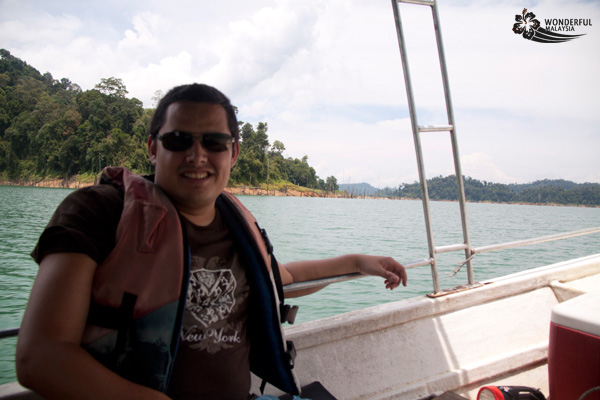
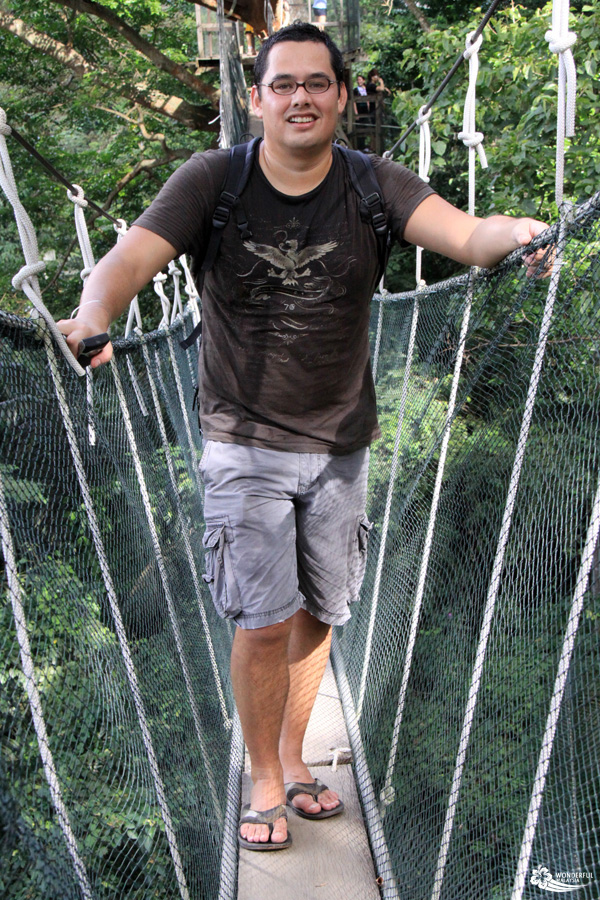
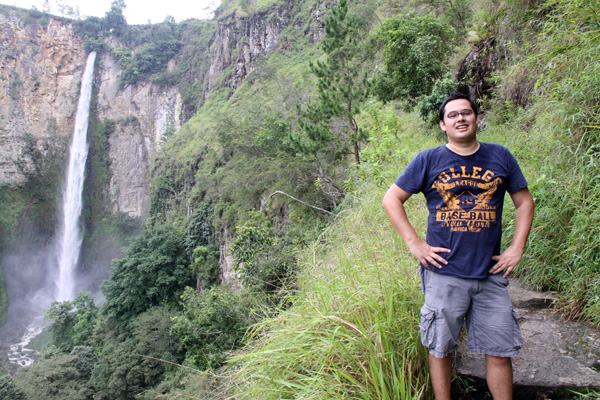
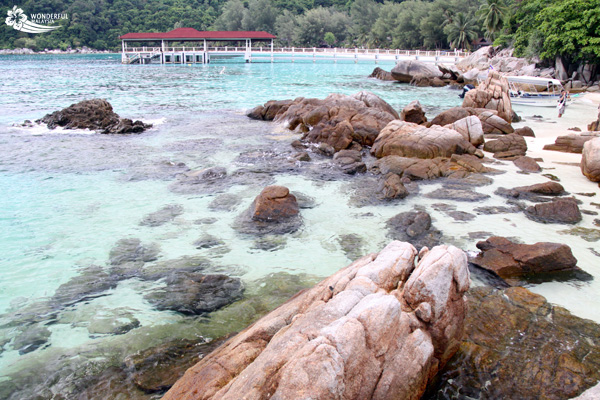
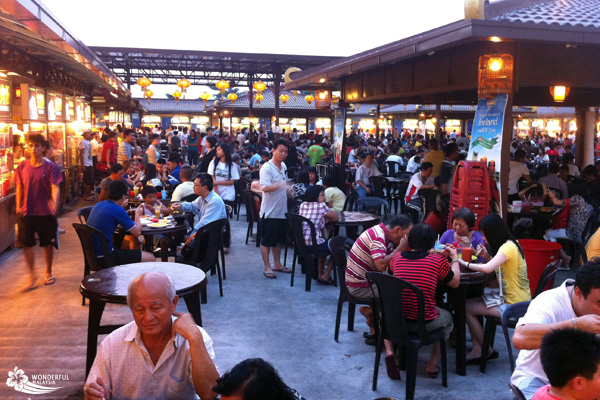
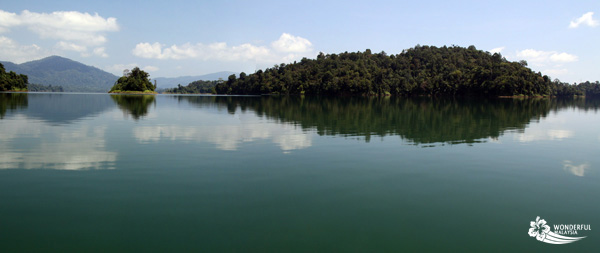
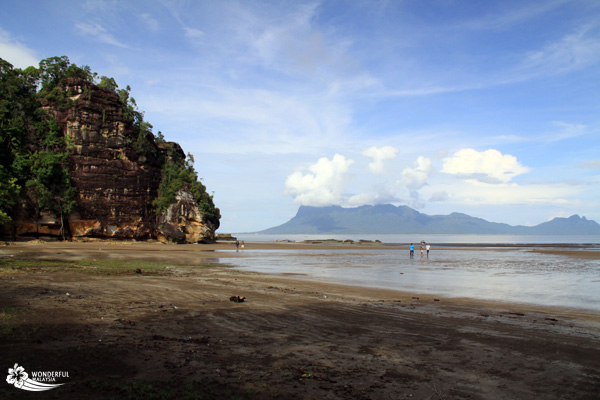
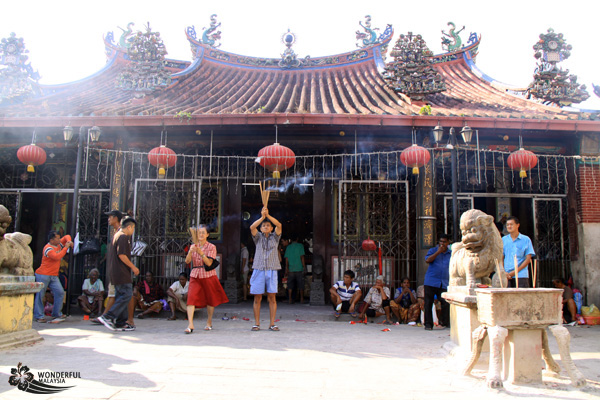
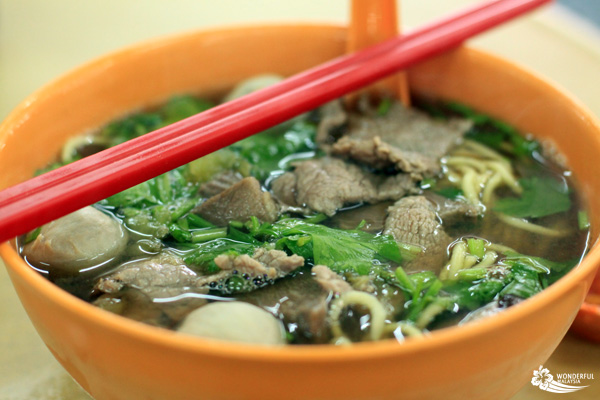
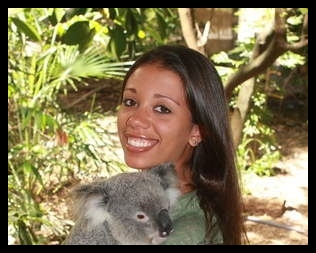

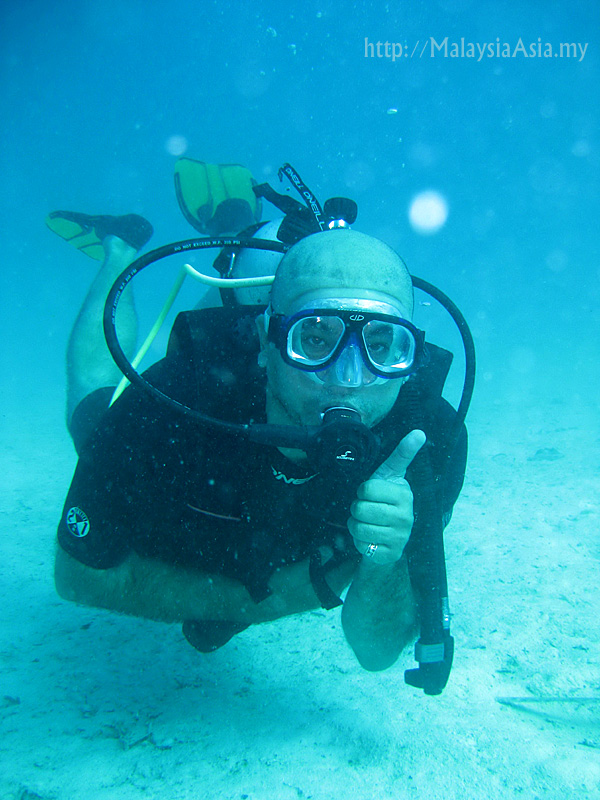


 Hi! I'm Lash, an American nomadic world traveler who's been traveling solo since 1998. I’m passionate about traveling the world nomadically and then sharing it all with you. I hope to inspire you to travel the world, to entertain you with tales from the road, and to help you reach your travel dreams. Welcome!
Hi! I'm Lash, an American nomadic world traveler who's been traveling solo since 1998. I’m passionate about traveling the world nomadically and then sharing it all with you. I hope to inspire you to travel the world, to entertain you with tales from the road, and to help you reach your travel dreams. Welcome! 



